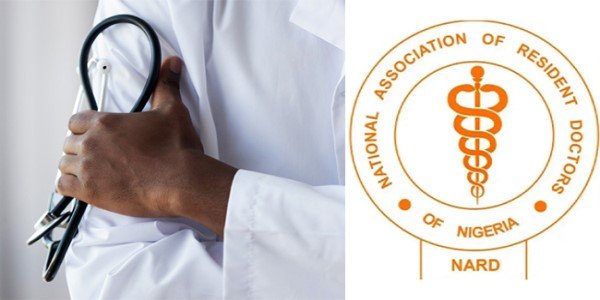Korede Abdullah in Lagos
The World Health Organization (WHO) has published its first-ever reports highlighting the urgent need for improved medicines and diagnostic tools for invasive fungal diseases.
The global health institution issued the reports, posted on its website on Monday, April 1.
These reports reveal a critical research and development (R&D) gap in tackling fungal infections, which are becoming an increasing public health threat worldwide.
According to the WHO, common fungal infections, such as candida—responsible for oral and vaginal thrush—are growing more resistant to treatment, posing severe risks to individuals with weakened immune systems, including cancer patients, people living with HIV, and organ transplant recipients.
Also speaking in Geneva yesterday at the presentation of the reports, WHO’s assistant director-general for antimicrobial resistance ad interim, Dr. Yukiko Nakatani stated that invasive fungal infections threatened the lives of the most vulnerable, but countries lacked the necessary treatments to save lives.
“Invasive fungal infections threaten the lives of the most vulnerable, but countries lack the treatments needed to save lives,” said Dr. Nakatani.
Fungal infections listed in WHO’s ‘critical priority’ category of the Fungal Priority Pathogens List (FPPL) have mortality rates as high as 88%. Despite the growing need for antifungal medicines, the development pipeline remains weak.
Over the past decade, only four new antifungal drugs have been approved by regulatory agencies, and just nine are currently in clinical development. Alarmingly, only three have reached phase 3 clinical trials, signaling a slow and insufficient response to the global crisis.
WHO also highlights the significant challenges associated with existing treatments, including severe side effects, complex drug interactions, and the need for prolonged hospitalization. Additionally, children remain underserved, as few clinical trials focus on pediatric antifungal treatments.
The second WHO report addresses the diagnostic challenges in fungal infection detection, particularly in low- and middle-income countries (LMICs), where access to accurate and timely testing is limited.
Existing diagnostic tools require specialized laboratories and trained personnel, making them impractical for many healthcare settings.
WHO stresses the need for more affordable, rapid, and accessible diagnostic methods to improve early detection and treatment.
The organization calls for global investment in R&D, financial incentives for drug discovery, improved healthcare worker training, and expanded surveillance systems to combat invasive fungal diseases.
“Not only is the pipeline of new antifungal drugs and diagnostics insufficient, but there is also a void in fungal testing in low- and middle-income countries, even in district hospitals,” Dr. Nakatani emphasized.



